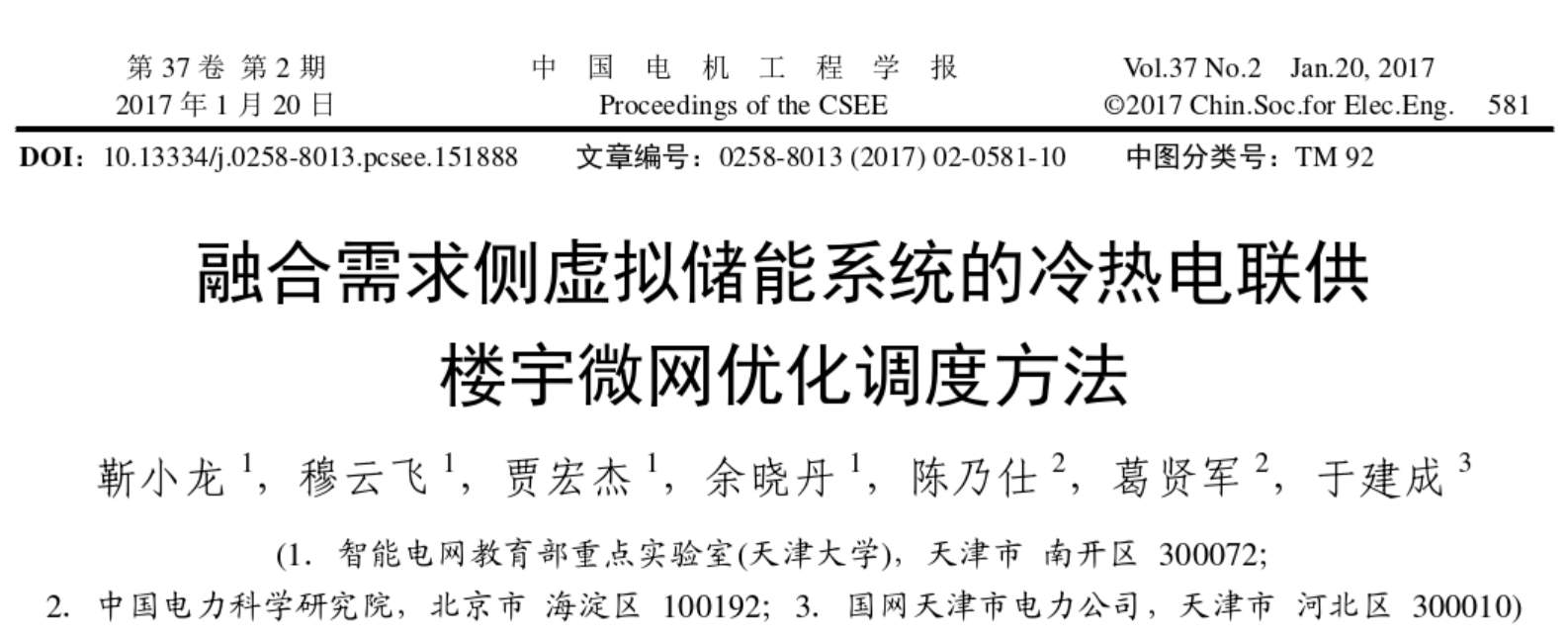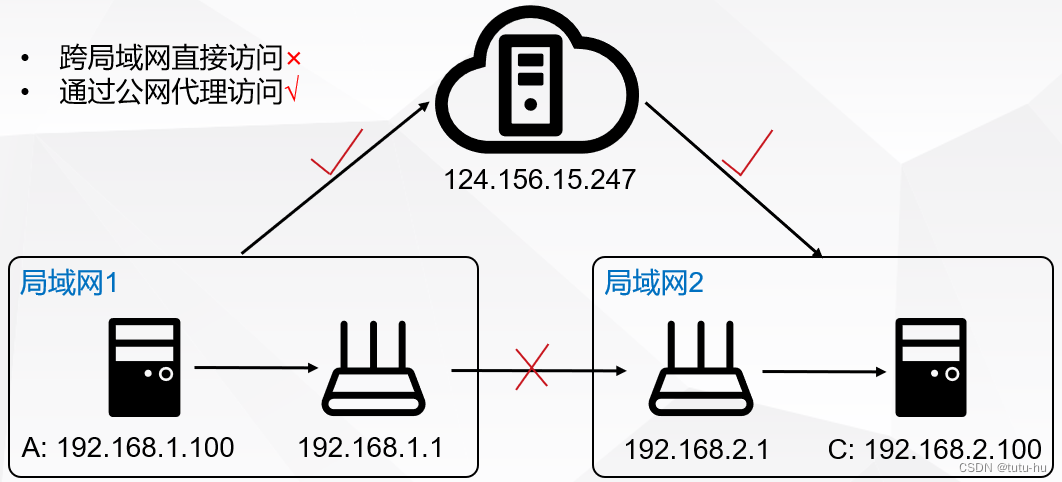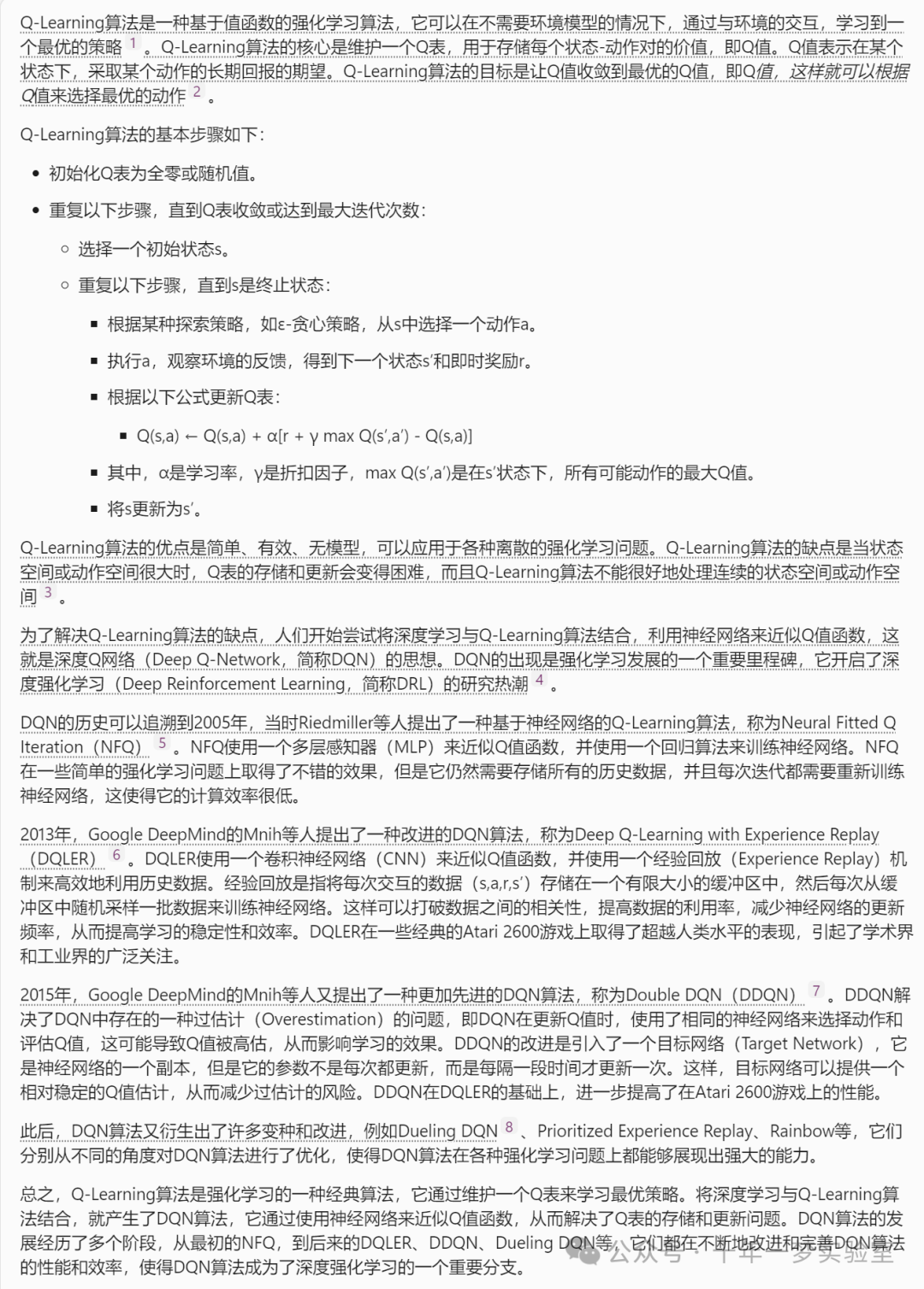Description
Given a binary tree where node values are digits from 1 to 9. A path in the binary tree is said to be pseudo-palindromic if at least one permutation of the node values in the path is a palindrome.
Return the number of pseudo-palindromic paths going from the root node to leaf nodes.
Example 1:

Input: root = [2,3,1,3,1,null,1]
Output: 2
Explanation: The figure above represents the given binary tree. There are three paths going from the root node to leaf nodes: the red path [2,3,3], the green path [2,1,1], and the path [2,3,1]. Among these paths only red path and green path are pseudo-palindromic paths since the red path [2,3,3] can be rearranged in [3,2,3] (palindrome) and the green path [2,1,1] can be rearranged in [1,2,1] (palindrome).
Example 2:

Input: root = [2,1,1,1,3,null,null,null,null,null,1]
Output: 1
Explanation: The figure above represents the given binary tree. There are three paths going from the root node to leaf nodes: the green path [2,1,1], the path [2,1,3,1], and the path [2,1]. Among these paths only the green path is pseudo-palindromic since [2,1,1] can be rearranged in [1,2,1] (palindrome).
Example 3:
Input: root = [9]
Output: 1
Constraints:
The number of nodes in the tree is in the range [1, 10^5].
1 <= Node.val <= 9
Solution
The path is pseudo-palindromic if the frequency of each node has at most 1 odd number. So use pre-order traverse to go through all the nodes, and use a map to keep track of each distinct value’s frequency.
Time complexity: o ( n ) o(n) o(n)
Space complexity: o ( n ) o(n) o(n)
Code
# Definition for a binary tree node.
# class TreeNode:
# def __init__(self, val=0, left=None, right=None):
# self.val = val
# self.left = left
# self.right = right
class Solution:
def pseudoPalindromicPaths (self, root: Optional[TreeNode]) -> int:
val_cnt = {
}
stack = [(root, 0)]
res = 0
while stack:
node, status = stack.pop()
if status == 0:
val_cnt[node.val] = val_cnt.get(node.val, 0) + 1
stack.append((node, 1))
if node.right:
stack.append((node.right, 0))
if node.left:
stack.append((node.left, 0))
# if node is a leaf
if not node.left and not node.right:
# pseudo-palindromic only when at most 1 odd frequency
odd_cnt = 0
for fre_cnt in val_cnt.values():
if fre_cnt % 2 == 1:
odd_cnt += 1
res += (1 if odd_cnt <= 1 else 0)
else:
val_cnt[node.val] -= 1
return res



































![[SwiftUI]Text对字符串中部分字符改变颜色和字体](https://img-blog.csdnimg.cn/direct/73931485bb3042a09a5a2c58a29fef89.png)








